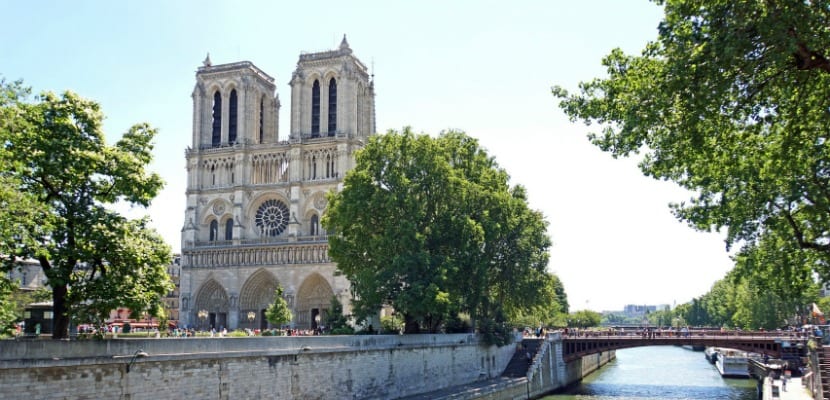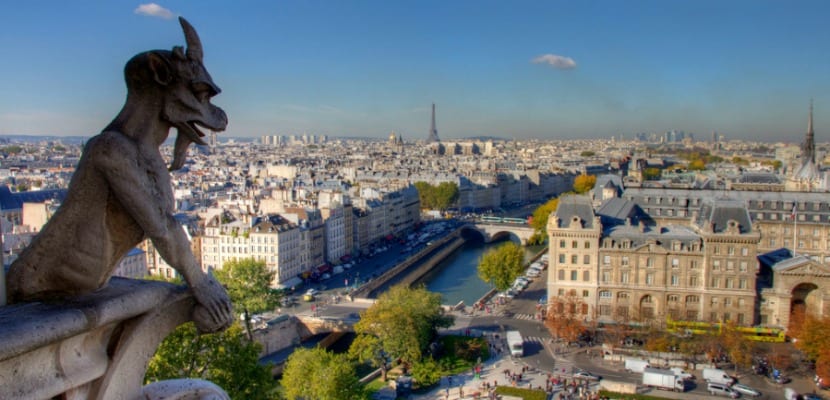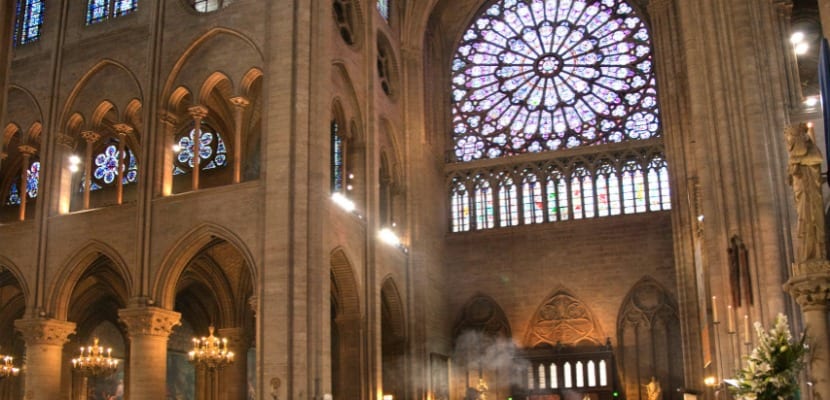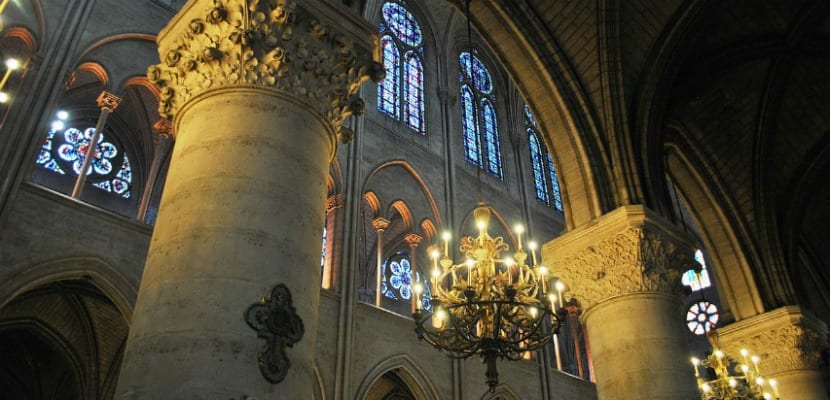
There are places in the world that do not need an introduction because their fame speaks for themselves. This is the case of Notre Dame or Our Lady of Paris, one of the monuments that we have seen the most on postcards, films and books. Notre Dame is a marvel of art, an essential in Paris visits that you cannot miss.. Next, we will tell you everything you need to know about this cathedral whose beauty has captivated entire generations.
History of Notre Dame

The construction of this majestic Gothic church dedicated to the Virgin Mary on the Ile de la Cité took a lot of time and effort. The works began in 1163 and it was not until 1345 that they were finished. Throughout time, the cathedral has witnessed countless historical events such as the beatification of Joan of Arc and the coronations of Napoleon Bonaparte or Henry VI of England.
In 1793, During the French Revolution, Notre Dame became a temple dedicated to reason and many of its treasures were stolen. In addition, much of the sculptures were destroyed and the Virgin Mary was even replaced by images of freedom on various altars. In this period the church ended up becoming a warehouse and it was not until 1845 that a restoration program began that lasted more than two decades.
Later, during the Second World War, Notre Dame suffered the German bombings although fortunately it was not destroyed.
Visit Notre Dame

Although Notre Dame Cathedral is a functioning Catholic church, it has long since become a major tourist attraction., so it is almost an obligation to visit this church located on the Ile de la Cité during your stay in Paris.
Spanish speakers visiting Notre Dame on the weekend should know that free guided tours in Spanish are offered every Saturday at 14:30 PM. In case of not being able to attend on Saturday, there are guided tours in English on Wednesdays and Thursdays at 14:00 p.m. You can also rent an audio guide.
In addition to being able to enjoy the impressive facade and interiors of the Gothic temple, it is possible to climb the south tower of and contemplate the famous gargoyles and the spectacular views of the Seine, Ile de la Cité and Paris. It is even visiting the crypts of the cathedral and the archaeological museum, which houses underground Roman ruins.
The entrance to Notre Dame is free, so given the influx of people, it is best to go early to queue. Notre Dame is open to the public from Monday to Friday from 8:00 a.m. to 18:45 p.m. and Saturdays and Sundays from 8:00 a.m. to 19:15 p.m. On the other hand, access to the towers and the crypt has a price of 8,50 and 7 euros respectively. Minors enter free.
Interior of Notre Dame

The interior of the cathedral stands out for its luminosity, thanks to the large windows that open at the head, the clerestory, the clerestory and the aisles. Most of the stained glass windows that can be seen today were placed during the successive restorations that were carried out since the XNUMXth century.
From a sculptural point of view, the monumental Pieta stands out at the head, sculpted by Nicolas Coustou in the XNUMXth century, which presides over Notre Dame from the center of the apse. On the sides of the statue are the effigies of King Louis XIII, the work of Guillaume Coustou, and Louis XIV, by Antoine Coysevox, both kneeling and surrounded by angels carrying the Arma Christi.
The main organ of Notre Dame is a huge and beautiful instrument the work of Aristide Cavaillé-Coll for the most part. It has 113 games and 7800 tubes, some of which are from the Middle Ages, as well as a box adorned with automatons. It can be heard every Sunday at a quarter past five, when it is played by one of Notre-Dame's main organists, or on the occasion of recitals given once a month, on Thursdays, by organists from all over the world.

Notre Dame Cathedral holds an important treasure related to the Passion of Christ: a fragment of the crown of thorns and of the True Cross as well as one of the nails of the crucifixion. These relics were bought by King Louis IX from the Emperor of Constantinople. In 1239 the king himself brought the relics to Notre-Dame while a suitable building was built for them, which would later become the Sainte Chapelle. During the French Revolution, the relics were taken to the National Library. After the Concordat of 1801, they were delivered to the custody of the Archbishop of Paris, who deposited them again in 1806.